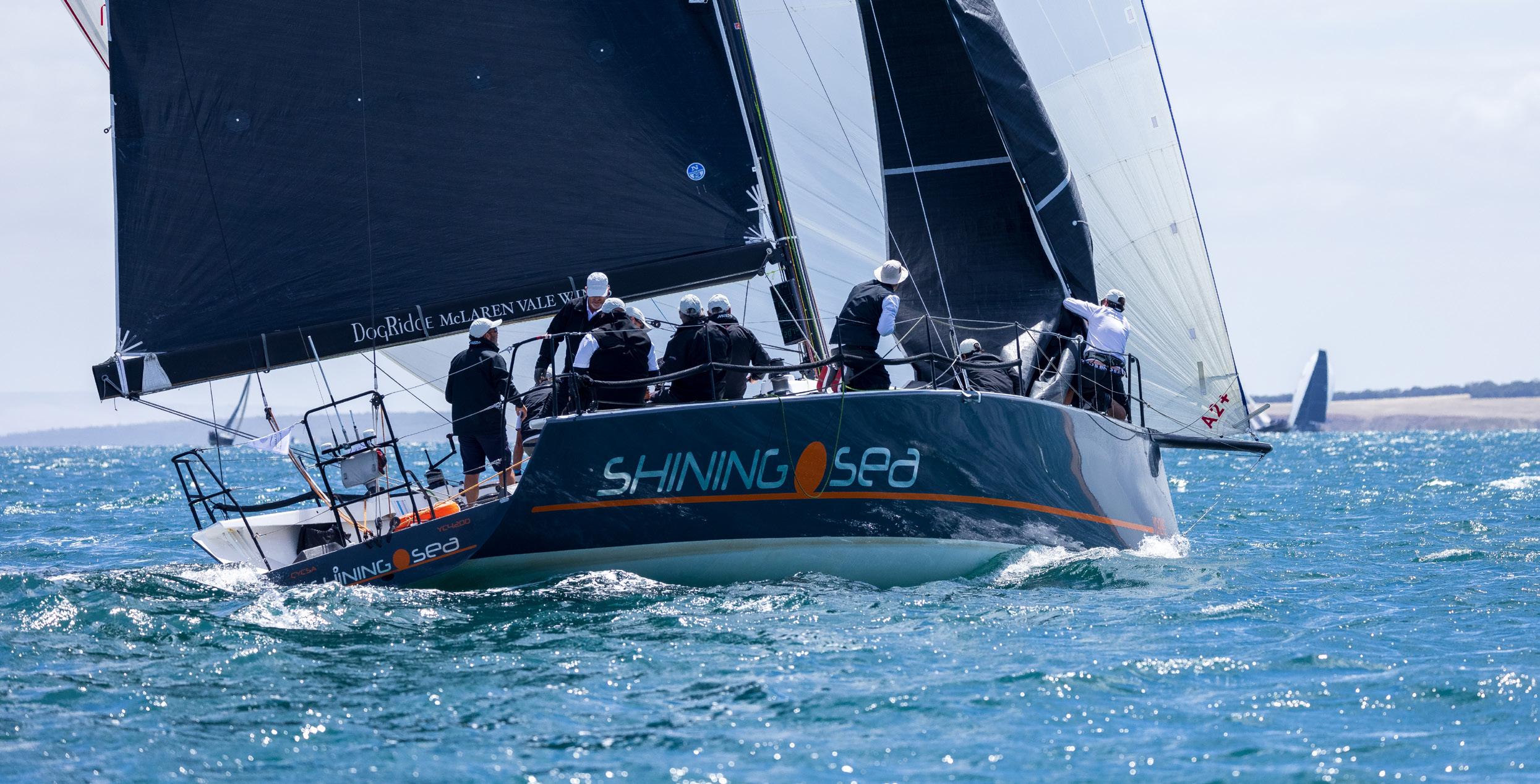MARINE PLASTIC RESEARCH AT THE CYCSA
Plastic pollution has been highly publicised in the media in recent years but what effect is this actually having on the environment? PhD students, Vinuri Silva and Sophie Dolling from The University of Adelaide, are both using berth M11 to investigate some of the hidden effects of microplastic pollution on the marine environment.
Microplastic pollution is known to have damaging effects on marine species when ingested. This can include choking and perforation of internal organs. But if the plastic is small enough that it passes into the stomach of an organism can it have any detrimental effects? The answer is yes. Plastics are able to sorb a number of chemical pollutants from the water column to their surface. These chemical pollutants could include pharmaceuticals, pesticides, endocrine disrupting agents and heavy metals. Once the chemical pollutants are inside the marine organism they have the potential to be transferred to the body systems. This is particularly worrying for the seafood industry as there is potential for chemical contamination of our seafood species occurring through the ingestion of plastic pollution.
Sophie’s research focusses on identifying what chemical pollutants can sorb to plastic pollution in our South Australian marine ecosystems. There has been evidence to show that chemical pollutant concentration on plastic pieces can be up to 5000 times higher than the surrounding water column though this hasn’t been substantiated in South Australia. The information gained from this research will help to better understand the chemical pollutants that may be acting this way as well as aid in further research into the chemical pollution present in our fish species here in South Australia. From a consumer perspective it is integral to understand the risks of consuming certain fish species and this research will allow informed decisions to be made when purchasing and will hopefully safeguard our booming industry against chemical pollution in the future.
Marine microbes are the small single celled organisms that are invisible to the naked eye. They are highly complex and diverse and include bacteria, viruses, fungi, protists and archaea. Despite their small size they are highly abundant in the oceans. One litre of seawater will approximately have one billion bacteria and ten billion viruses. Marine microbes play an important part in keeping oceans clean and healthy. They will feed on dead remains of other organisms or their waste products and will then get eaten by bigger organisms. This will pass on that energy up the food chain which is called the microbial loop. If not for microbes oceans will not be as clean as they’re the ‘clean-up crew’ of our oceans.
are now referred to as the ‘Plastisphere’. The plastisphere is capable of causing plastic degradation which is the breakdown of plastic. There’s evidence in other parts of the world where some of the plastisphere microbes are pathogens hence spreading diseases such as the Skeletal Eroding Band Disease in corals. It is unknown what types of microbes comprise the plastisphere in our waters which is why Vinuri’s research looks at identifying these microbes with gene sequencing. The picture below is an example of a type of microbe that colonizes oceanic plastic. Sophie and Vinuri will keep us updated on how their research turns out. Until then let’s be sure to do our part and always reduce, reuse and recycle plastic! Vinuri Silva
A diatom (a type of algae) that has colonized and resided on a piece of plastic (Image - Vinuri Silva)
Microplastics (Image source- iStock)
Vinuri’s research focuses on looking at marine microbes that colonise oceanic plastic. Microbes that colonise marine plastic
Schematic of the story of microplastic (Image source - WHOI)
33
















